
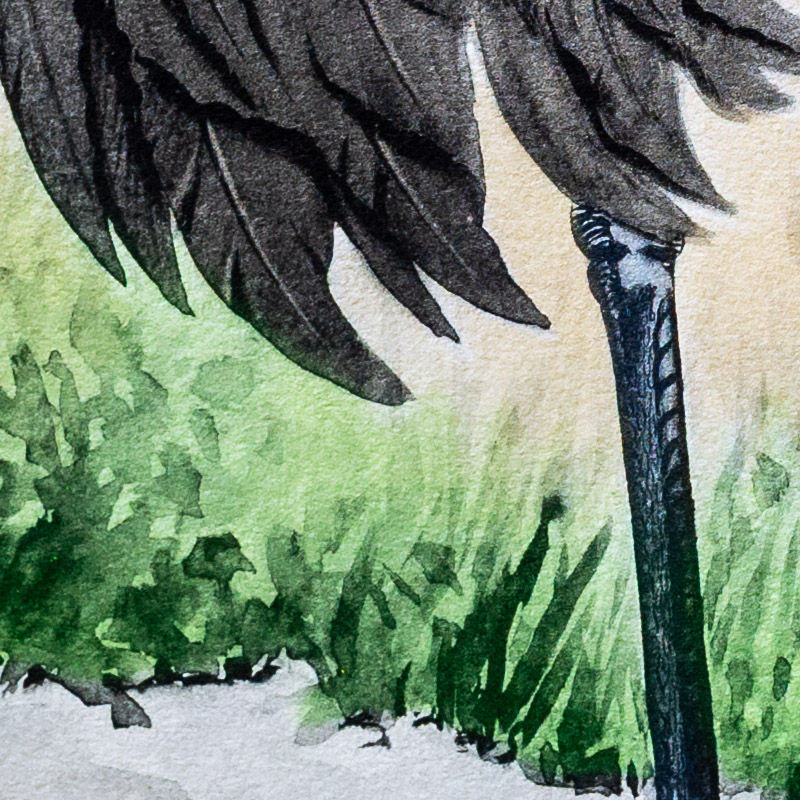
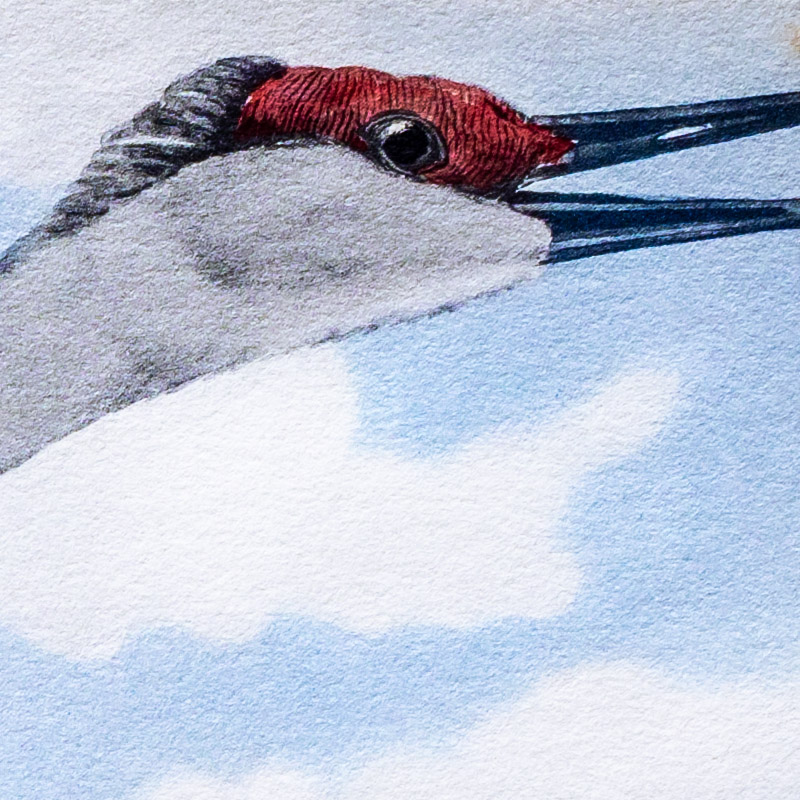
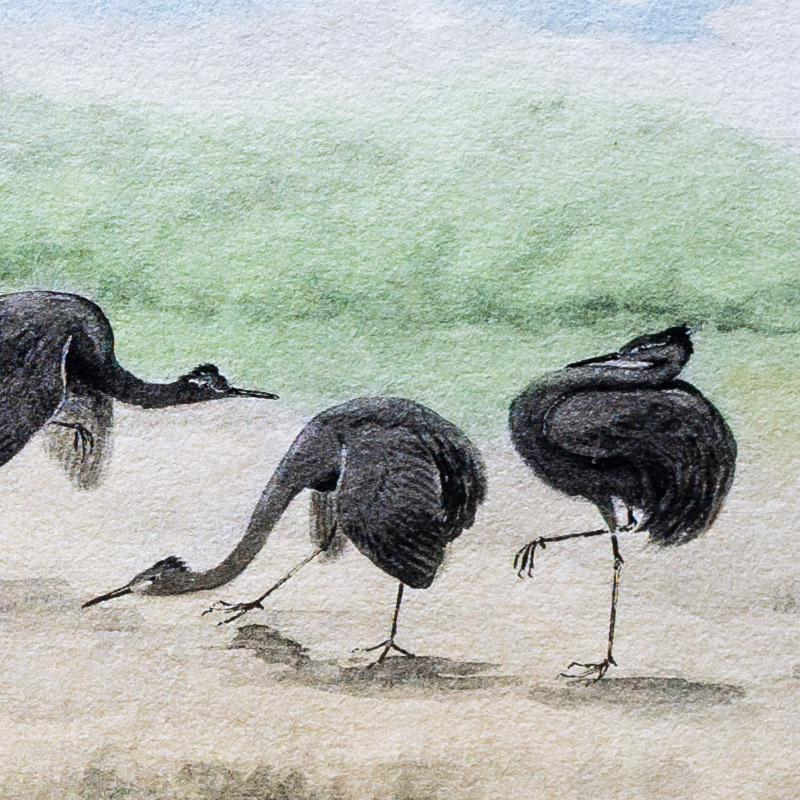
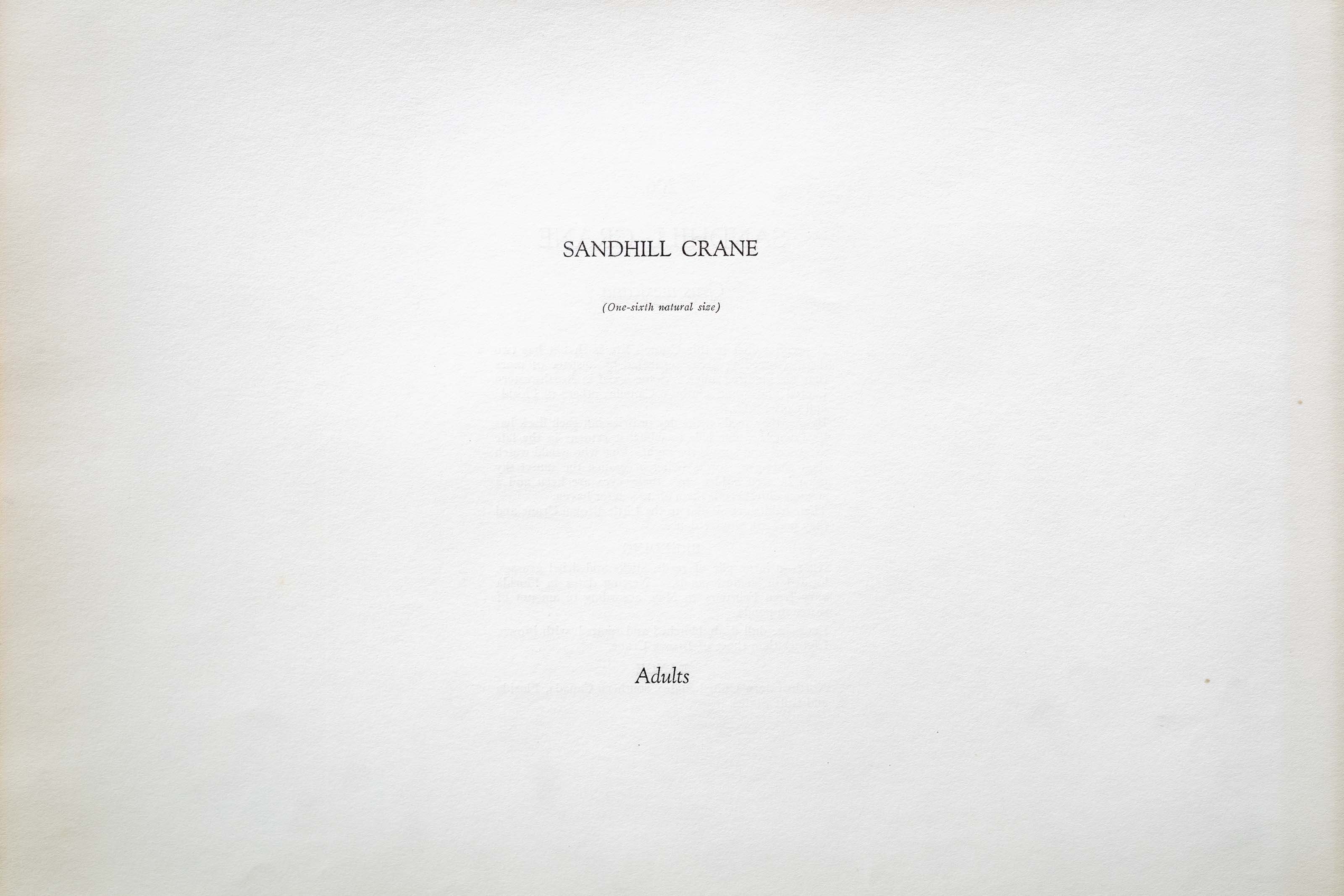
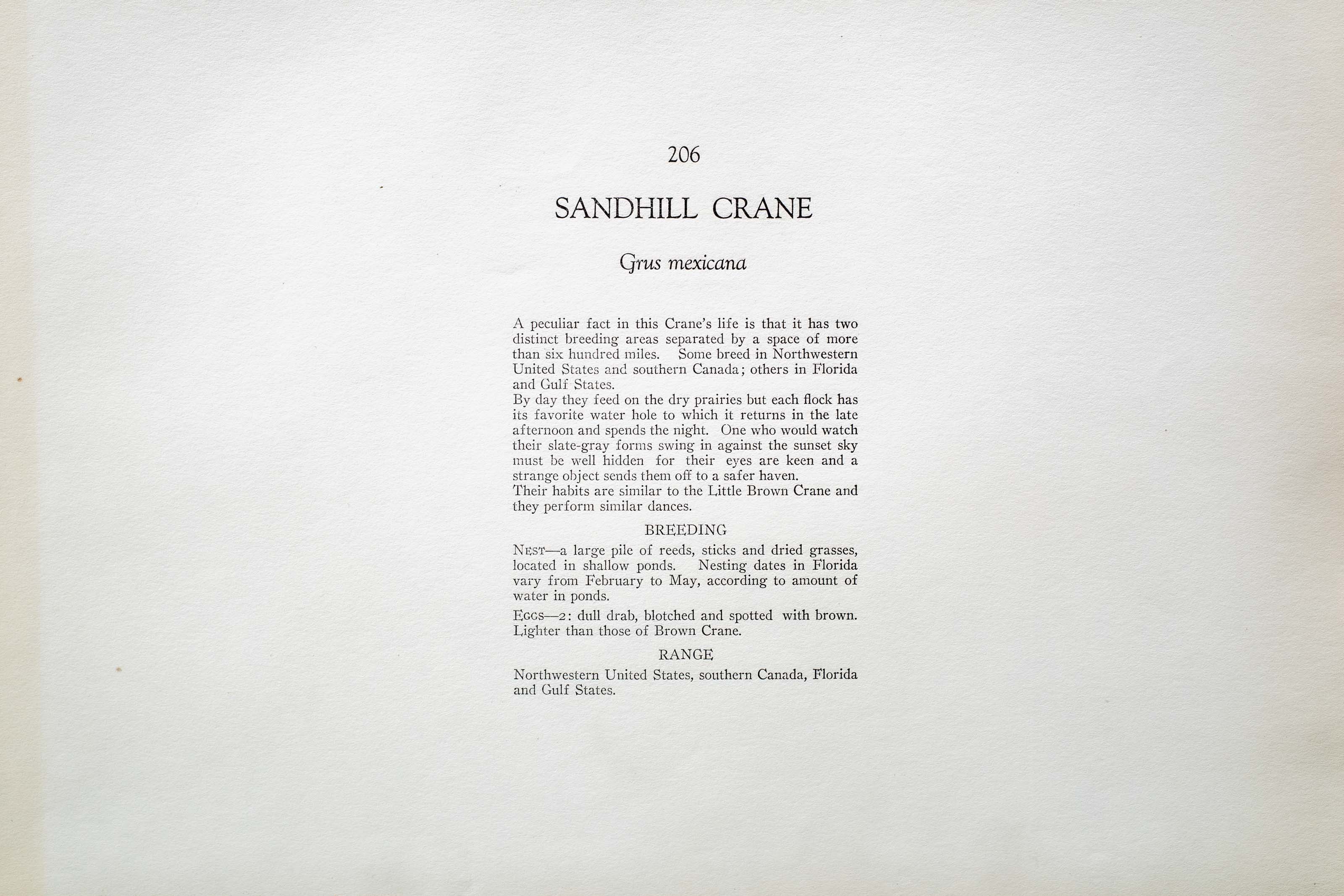

Unknown
1930
3
206
A team of dedicated board members, volunteers, and student interns has published every page in Volume 9. This volume includes 360 images of paintings and lyrical descriptions of birds, now available online for everyone to enjoy anywhere in the world. This is a monumental task. Each volume requires approximately 400 hours to photograph, edit, transcribe, catalog, and publish online. We need your support to complete this work.
If you're tech-savvy, have a good eye, are meticulous with details, and love structured data, please consider volunteering by emailing us at hello@rexbrasher.org.
We encourage all bird lovers and supporters to consider a monetary donation to support our mission to make Rex's work available for everyone. You can provide a one-time or recurring donation online.
A peculiar fact in this Crane's life is that it has two distinct breeding areas separated by a space of more than six hundred miles. Some breed in Northwestern United States and southern Canada; others in Florida and Gulf States.
By day they feed on the dry prairies but each flock has its favorite water hole to which it returns in the late afternoon and spends the night. One who would watch their slate-gray forms swing in against the sunset sky must be well hidden for their eyes are keen and a strange object sends them off to a safer haven.
Their habits are similar to the Little Brown Crane and they perform similar dances.
NEST — a large pile of reeds, sticks and dried grasses, located in shallow ponds. Nesting dates in Florida vary from February to May, according to amount of water in ponds.
EGGS — 2: dull drab, blotched and spotted with brown. Lighter than those of Brown Crane.
Northwestern United States, southern Canada, Florida and Gulf States.